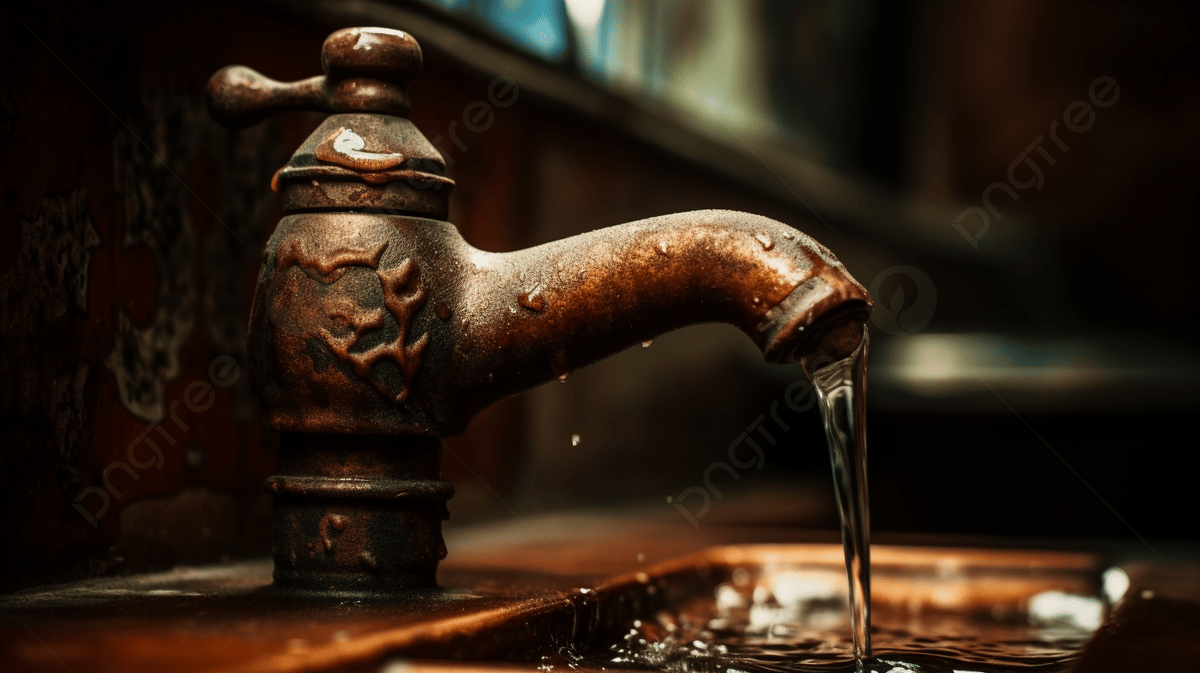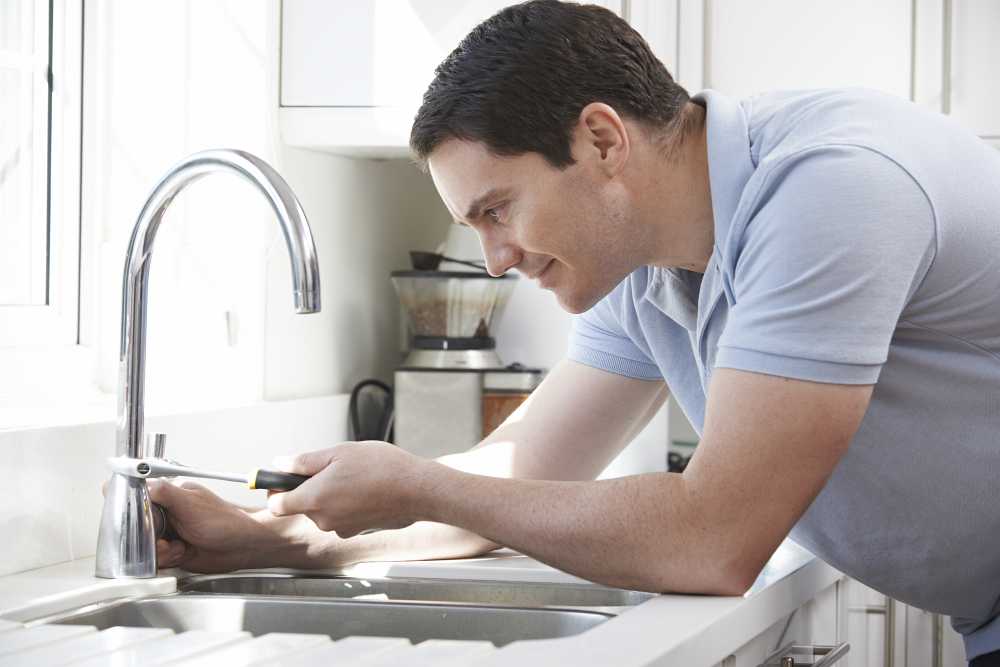Exploring the Effects of Constant Busted
Exploring the Effects of Constant Busted
Blog Article
Right here underneath you can locate more good quality information and facts around Health Risks Posed by Leaking Faucets.

Intro
A dripping tap could seem like a minor nuisance, yet its repercussions extend much past the occasional drip. Understanding the results of a leaky faucet is essential for both house owners and the atmosphere. In this article, we'll discover the numerous influences of this typical house problem and why addressing it quickly is essential.
Sources Of Leaky Faucets
Dripping taps can arise from a range of elements, including wear and tear, high water stress, and deterioration. Gradually, the continuous use of taps can bring about worn-out seals and gaskets, causing leakages to create. Furthermore, extreme water pressure can place pressure on plumbing fixtures, resulting in leakages. Deterioration and rust can also weaken tap elements, making them prone to leakage.
Water Wastefulness
One of one of the most considerable consequences of a dripping tap is water wastage. Also a little drip can add up to gallons of drainage gradually. This not only increases water expenses but additionally contributes to water scarcity and ecological degradation. Attending to leaking taps immediately is essential for preserving this valuable source and decreasing its effect on the earth.
Financial Effect
In addition to drainage, leaky taps can also have a considerable financial effect. Increased water costs are a straight repercussion of water wastefulness, costing home owners numerous bucks yearly. In addition, the cost of fixing water damage triggered by leakages can be substantial, particularly if left unattended for a prolonged duration.
Environmental Effect
The environmental influence of leaky faucets expands beyond water waste. By preserving water, homeowners can add to more comprehensive efforts to alleviate water deficiency and protect natural ecosystems. Sustainable options such as rain harvesting and water-efficient components can even more decrease the ecological impact of household water usage.
Technological Solutions
Improvements in modern technology have resulted in the advancement of clever taps and water-saving devices that help reduce water waste. Smart taps make use of sensing units to spot movement and adjust water flow appropriately, minimizing waste without giving up ease. Water-saving devices such as aerators and low-flow showerheads are also effective in saving water without jeopardizing performance.
Worldwide Point of views
While leaking faucets may appear like a local problem, they contribute to wider global challenges such as water scarcity and climate change. In regions already encountering water stress, every decline counts, making leakage avoidance and repair service necessary. By taking on water-saving methods and purchasing sustainable technologies, property owners can play their part in addressing these pushing worldwide issues.
Regulatory Measures
Federal government laws play a critical duty in alleviating the effect of leaking faucets and promoting water preservation. From constructing codes that need water-efficient fixtures to water-saving motivations and discounts, policymakers have a variety of tools at their disposal. By implementing and implementing these policies, governments can make certain that house owners prioritize water preservation in their day-to-days live.
Neighborhood Impact
Resolving leaking faucets calls for collective initiatives at the neighborhood level. By elevating understanding about the relevance of water conservation and giving resources for leakage detection and repair, regional authorities can empower house owners to take action. Campaigns such as water-saving refund programs and leakage detection projects can incentivize behavior adjustment and promote liable water usage.
Instance Studies
Real-life instances of the influence of leaky taps underscore the value of proactive maintenance and prompt repair work. From water damages to skyrocketing water expenses, the consequences of neglecting leakages can be severe. By sharing these study, homeowners can better recognize the significance of attending to dripping faucets quickly.
Educational Campaigns
Educational projects play a crucial function in elevating awareness about the impacts of dripping faucets and promoting water preservation techniques. Through workshops, seminars, and on the internet sources, homeowners can learn exactly how to identify and repair leaks themselves. By empowering individuals with knowledge and tools, educational projects can promote a culture of responsible water usage within neighborhoods.
Health Problems
Leaking faucets can create helpful atmospheres for mold and mold growth, posing health dangers to residents. The presence of mold can intensify respiratory system issues and allergies, especially in prone people. Additionally, water damage resulting from leakages can compromise the structural stability of buildings and result in expensive repair services.
Do it yourself vs. Professional Repair service
When confronted with a dripping faucet, homeowners typically dispute whether to attempt repair work themselves or employ a professional plumber. While DIY repairs can conserve cash, they might not always deal with the underlying concern properly. Expert plumbing technicians have the know-how and equipment to diagnose and deal with leakages properly, guaranteeing long-term solutions and satisfaction for home owners.
Preventive Measures
Avoiding leaky taps needs regular upkeep and positive measures. Straightforward jobs such as replacing damaged washers and seals can stop leaks from creating. Furthermore, upgrading to high-grade components and decreasing water stress can assist prolong the life expectancy of faucets and decrease the danger of leakages.
Final thought
In conclusion, the results of a leaky tap extend much beyond the periodic drip. From water waste and increased water costs to health worries and environmental influence, the consequences of overlooking leaks can be substantial. By dealing with dripping faucets immediately and adopting water-saving methods, homeowners can alleviate these results and contribute to an extra sustainable future.
Why You Shouldn’t Ignore a Leaky Faucet in Your Home
What Causes a Leaky Faucet?
Various factors can cause a leak, from loose and worn-out parts to corrosion. Your faucet has four essential components from which most plumbing issues will stem: the O-ring, the valve seat, the washer and the gasket.
What Is an O-Ring?
The O-ring is a stem screw that fastens parts of the faucet in place, preventing water from leaking out of the spout. Depending on your faucet type, the stem might have multiple O-rings. Water will drip from the faucet’s handles and base if this part breaks or deteriorates.
What Is a Valve Seat?
The valve seat controls the flow and temperature of the water. Found at the base of the handle, it works as a seal for the faucet’s stem. The valve seat ensures the water is allowed to flow or is blocked as the handles dictate. You’ll know it’s malfunctioning when water leaks from your faucet’s sides.
What Is a Gasket?
The gasket is found between the water inlet and the valve stem. It creates a seal between the faucet and the sink, holding its joints by aerators attached to the stem’s head. Water will trickle out from the base if the gasket isn’t working.
What Is a Washer?
The washer secures the handles and prevents leakage, serving a similar purpose to the O-ring. While the O-ring is ordinarily round and made from an elastic material, such as rubber, the washer is square-shaped and composed of brass, copper and other hard metals. If it malfunctions, corrodes or has been improperly installed, water will leak out of the handles, causing that incessant faucet drip.
Why Is a Leaky Faucet Dangerous?
A leaky faucet left alone for too long can have significant consequences.
Pest Infestations
Since bugs and rodents gravitate towards the scent of water, a leaky faucet will draw pests to your sink. Both are looking for leaks accessible through crawl spaces, which a faucet provides. If you leave water dripping for too long, you run the risk of an infestation.
Rust
If one of the faucet parts has started to corrode, the resulting rust can spread to your pipes and valves with startling speed. The rust might even lead to cracks or other impairments, resulting in more severe plumbing issues.
Your sink could also sustain damage from a leaky faucet. The water in your tap possesses sparse elements of calcium and iron that can stain your sink with repeated and prolonged exposure. Once those elements in the water have been open to the air for some time, your sink will start to rust, creating marks that can be difficult to remove.
https://www.tomsmechanical.com/blog/why-you-shouldnt-ignore-a-leaky-faucet-in-your-home

Hopefully you enjoyed reading our part about Health Risks Posed by Leaking Faucets. Many thanks for taking time to read our article. Do you know someone else who is in the market for the subject? Take a moment to promote it. I cherish reading our article about Here's How to Fix a Leaky Faucet.
Report this page